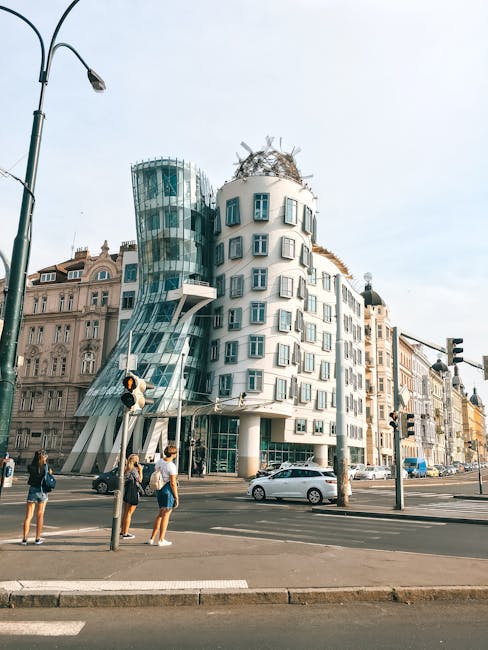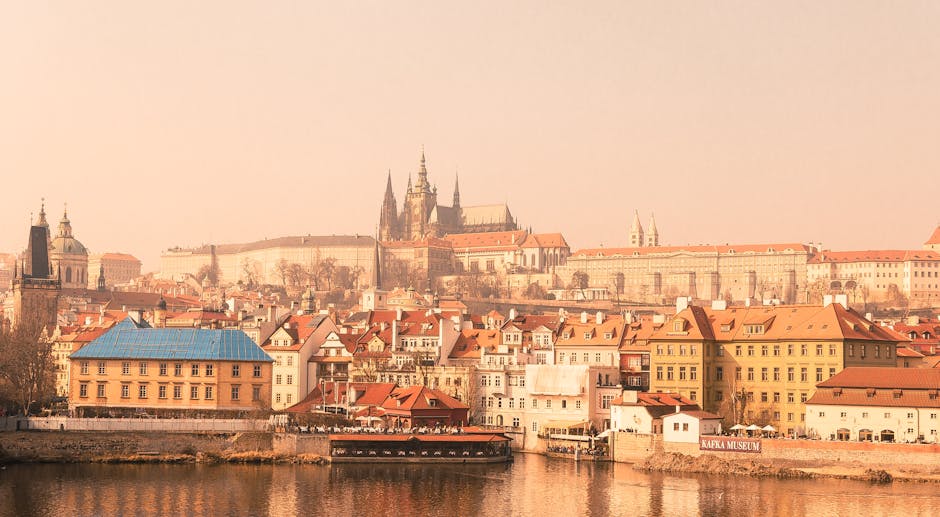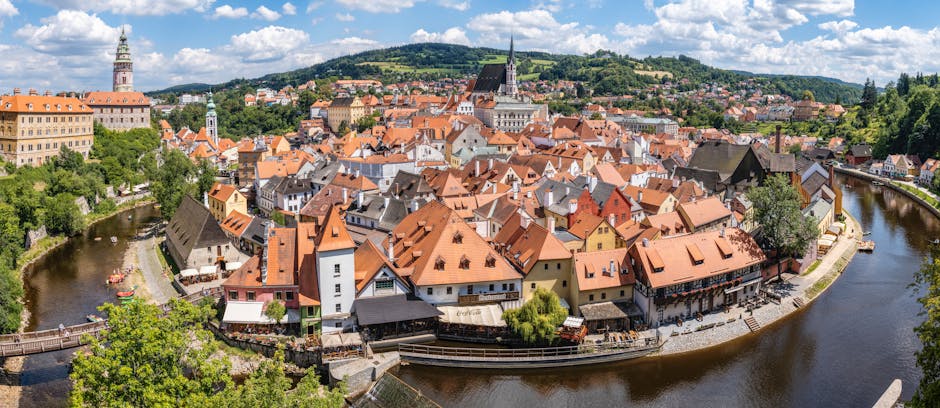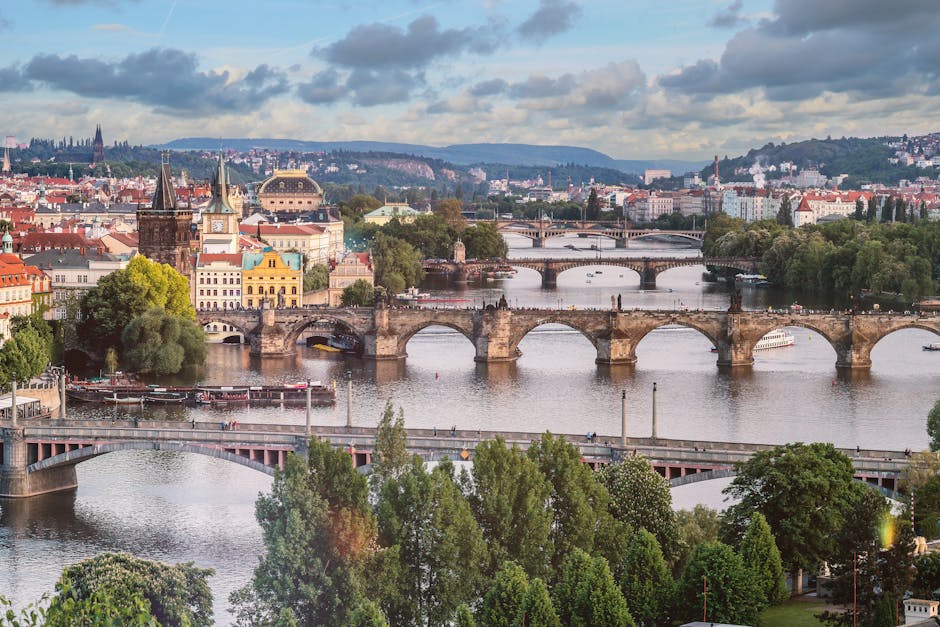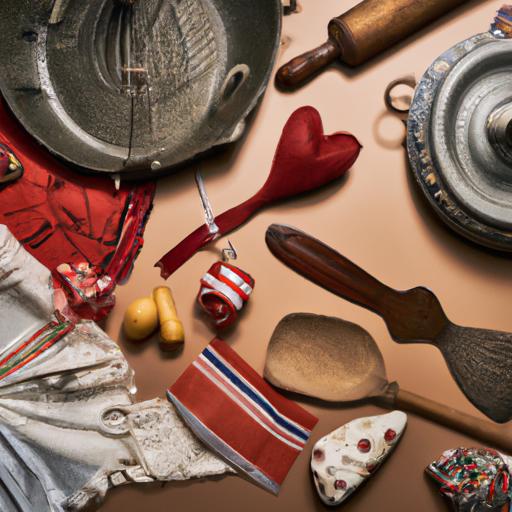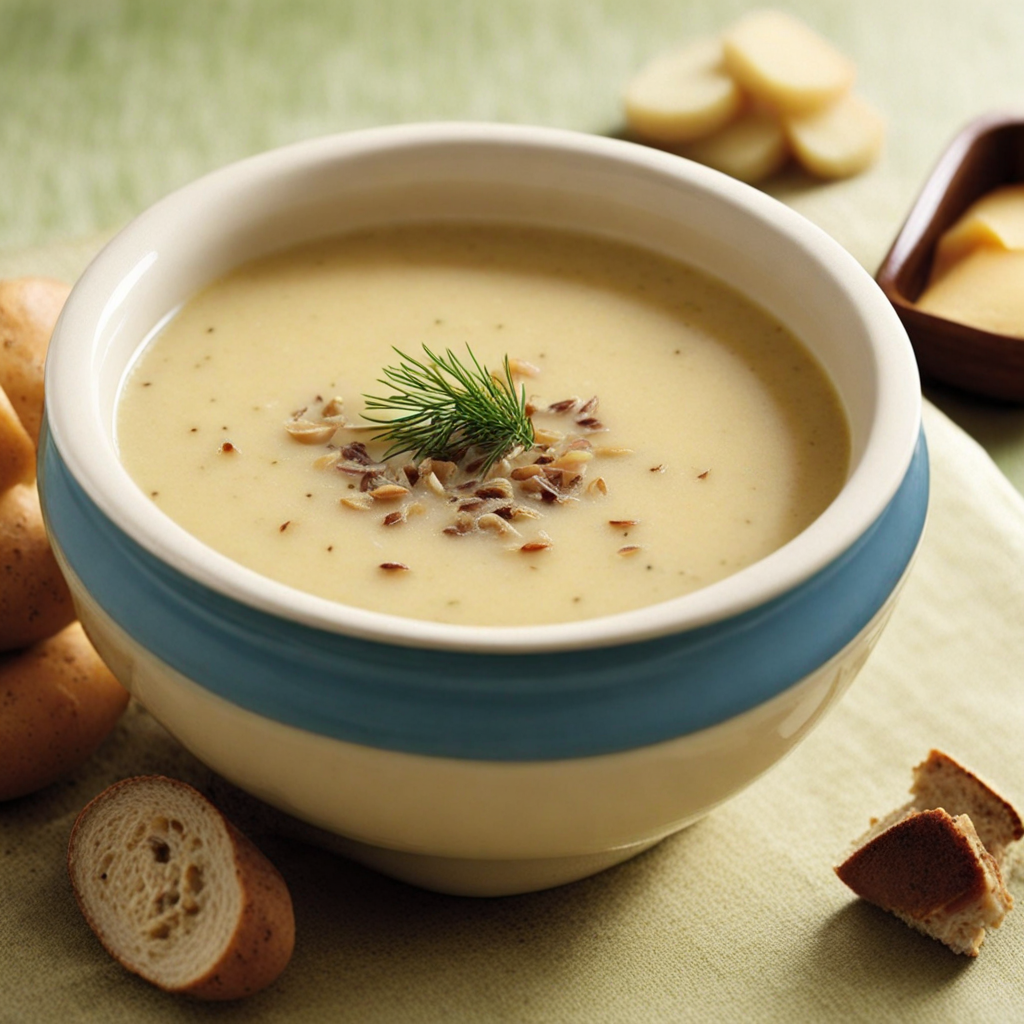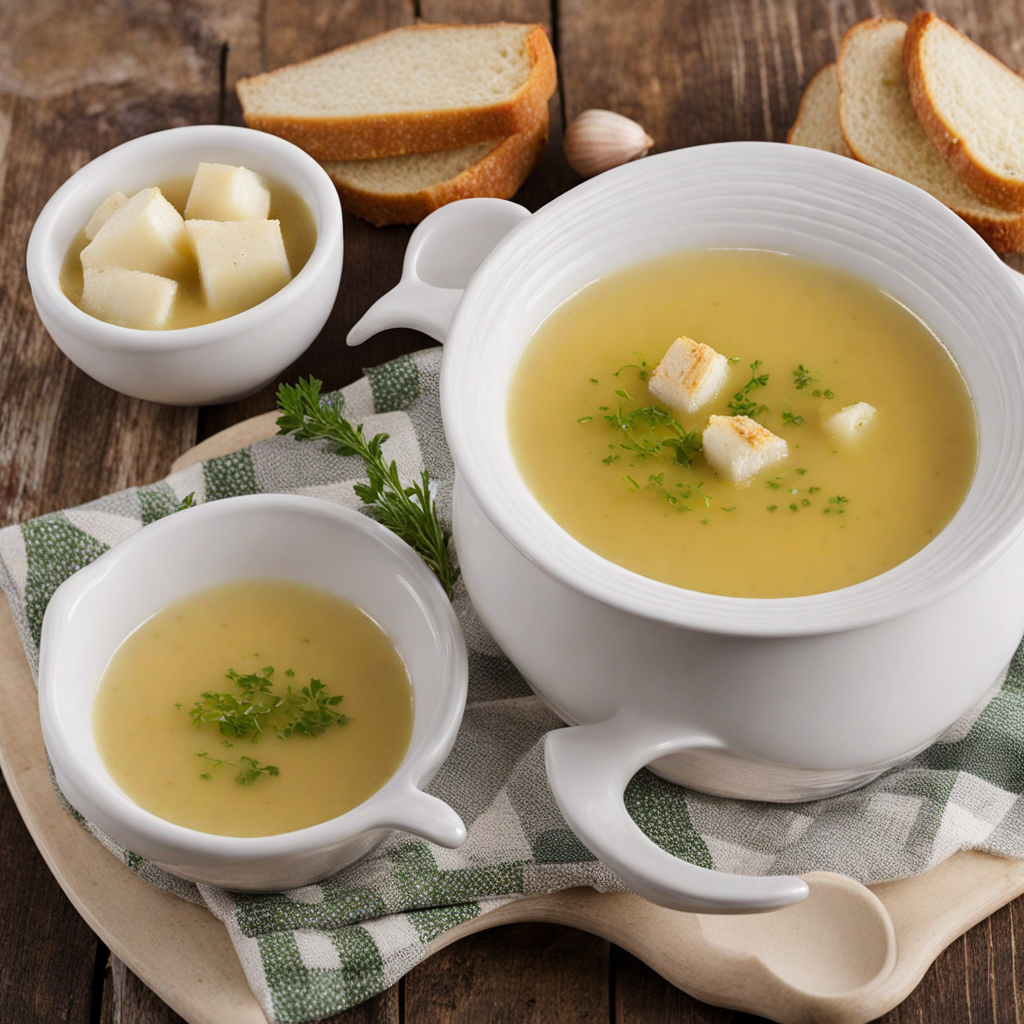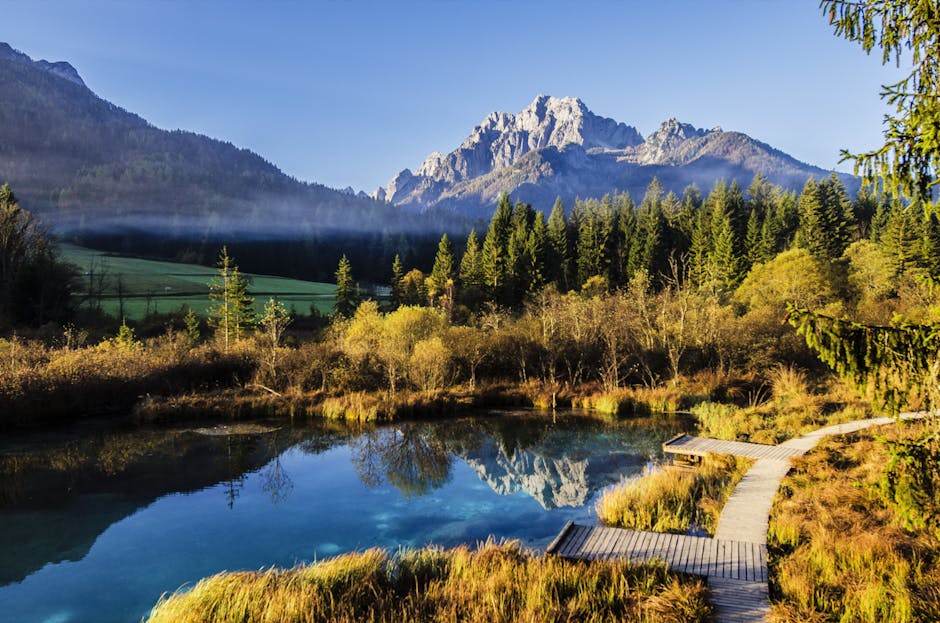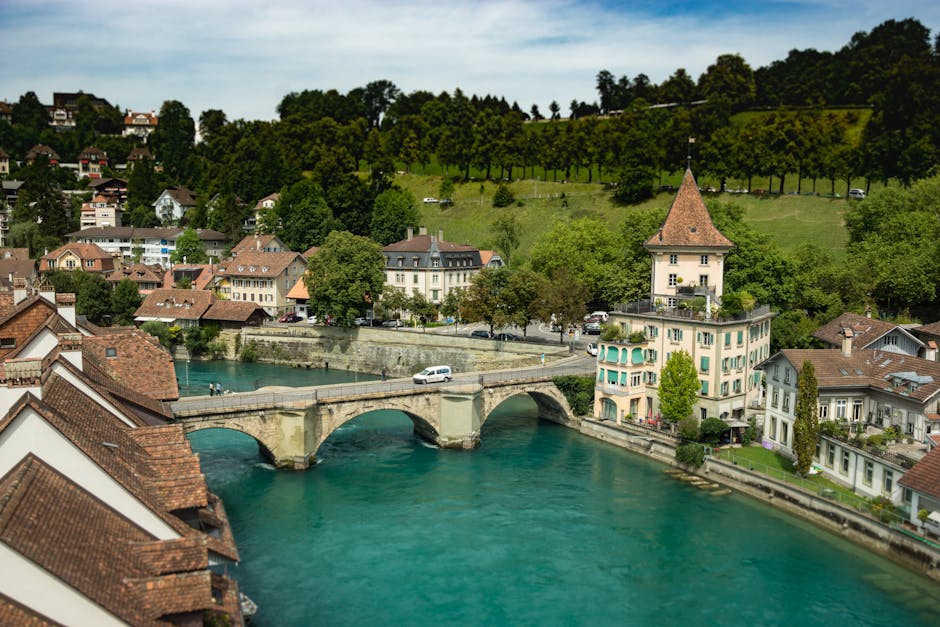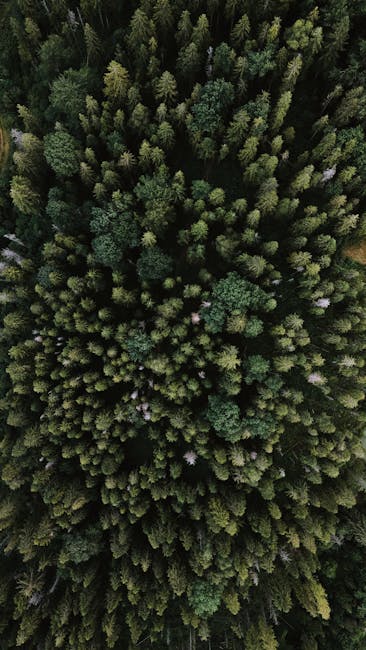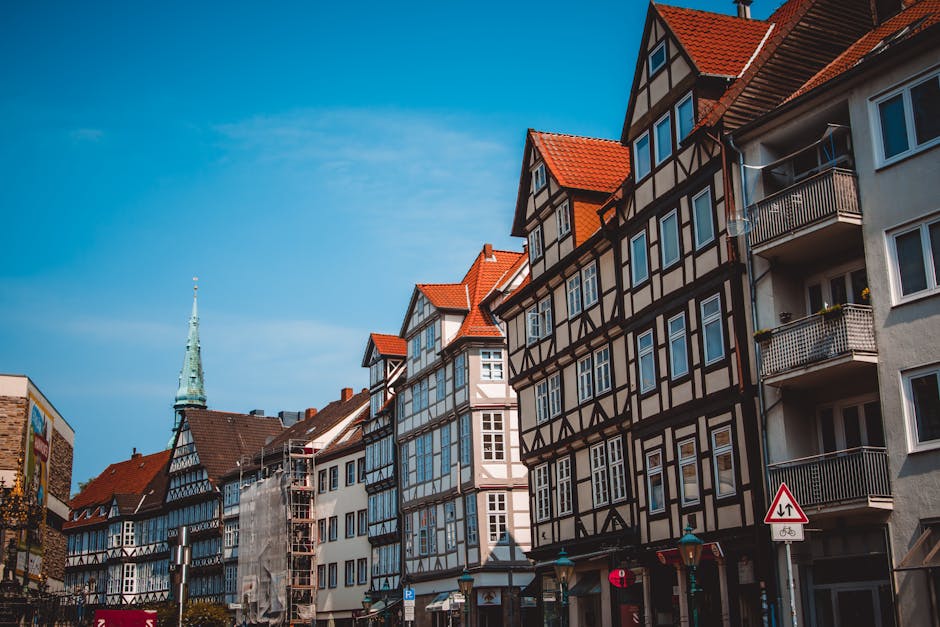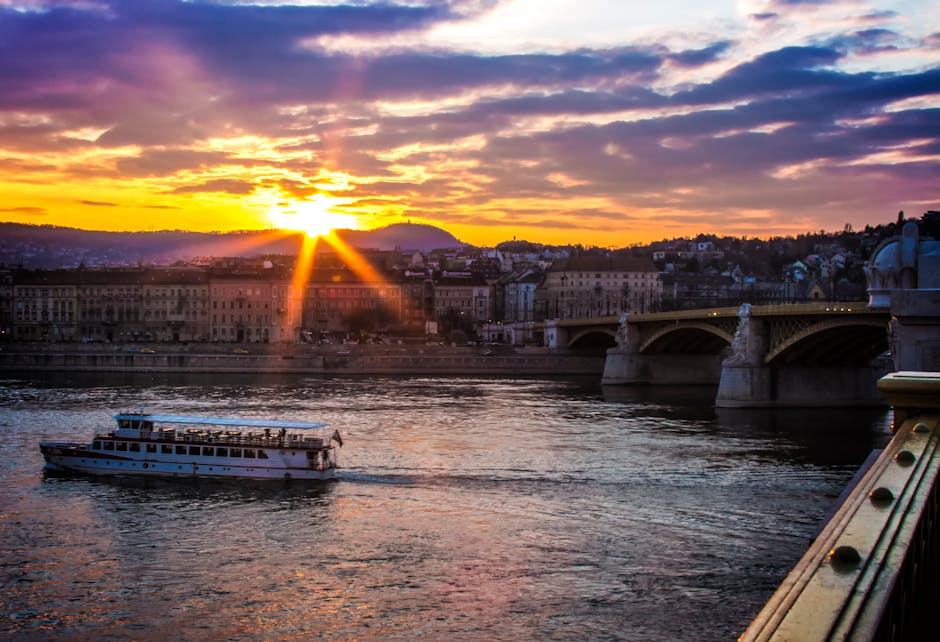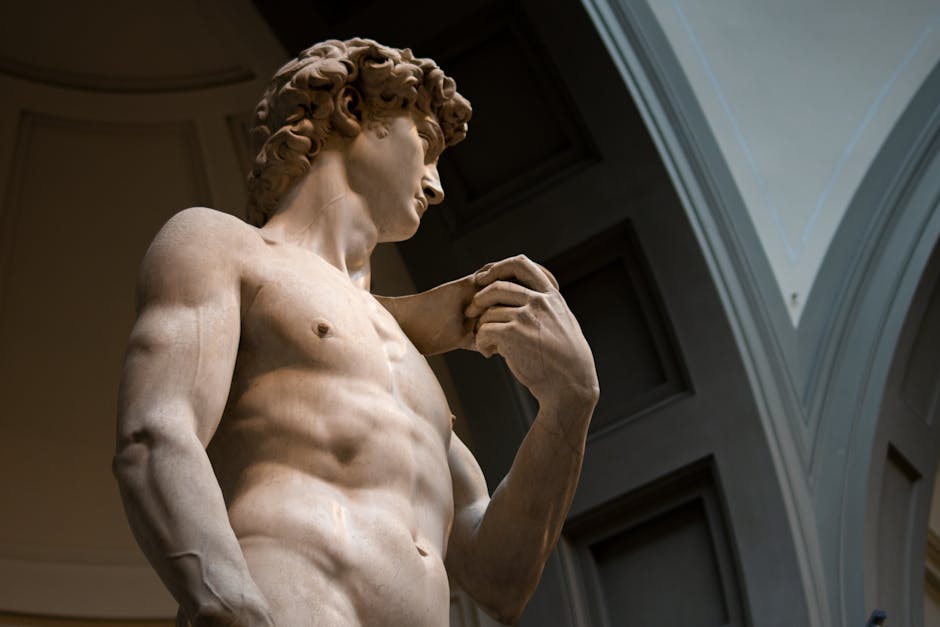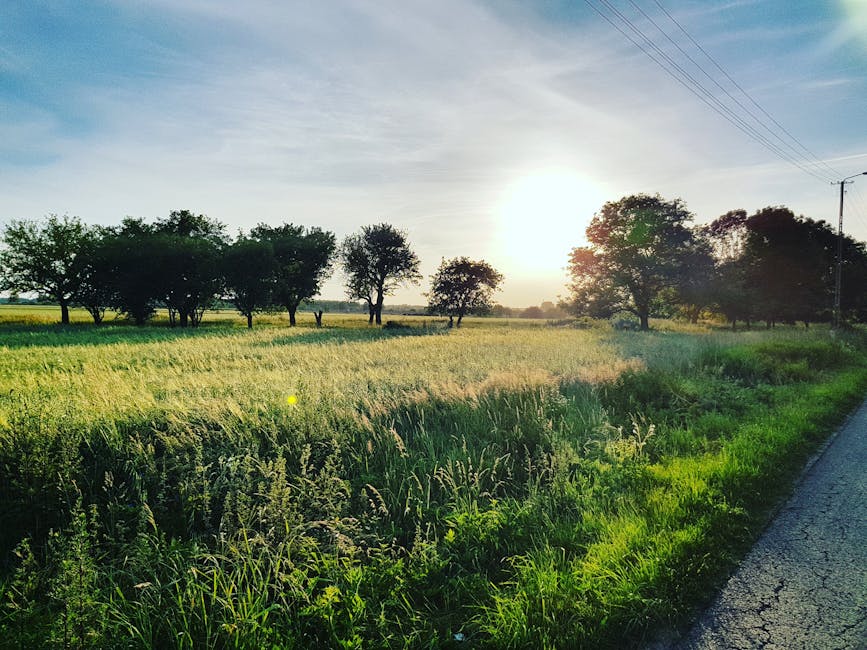Czech Republic
Overview
The Czech Republic, located in Central Europe, is a captivating country steeped in history and culture. Known for its ornate castles, native beers, and long-standing traditions, it is a destination that combines the old with the new. Its capital, Prague, is a vibrant and bustling city famous for its Old Town Square, colorful baroque buildings, Gothic churches, and the medieval Astronomical Clock. The country's unique blend of Eastern and Western European influences is reflected in its architecture, food, and the daily lives of its people. The Czech Republic is also renowned for its numerous music and film festivals, making it a cultural hub in Europe.
The high season for tourism in the Czech Republic is during the summer months, from June to August. During this period, the weather is typically warm and pleasant, with temperatures often reaching the mid to high 20s (Celsius). This is the ideal time to explore the country's numerous hiking and biking trails, visit its beautiful vineyards, or take part in water sports on its many rivers and lakes. For those with a love for history and architecture, the country's castles, chateaus, and historical towns are a must-visit. Winter, particularly December, also attracts a lot of tourists due to the enchanting Christmas markets held in Prague and other cities.
Before traveling to the Czech Republic, it is important to prepare adequately. The currency used in the country is the Czech koruna, not the Euro, so ensure you have some local currency for small expenditures. While many people in the cities speak English, it would be helpful to learn a few basic phrases in Czech as a sign of respect and to help navigate smaller towns and villages. It's also essential to have a travel insurance policy that covers medical expenses, as healthcare can be expensive. Lastly, the Czech Republic is part of the Schengen Area, so ensure you have the necessary visa if required. Remember to check the expiry date of your passport as well; it should be valid for at least three months beyond your planned date of departure from the Schengen area.
A Glimpse into the Past
The history of the Czech Republic is a tapestry woven from a rich cultural heritage, significant political events, and architectural marvels. This Central European nation, known for its stunning landscapes and vibrant cities, has a past that greatly influences its contemporary identity.
The origins of the Czech state can be traced back to the 9th century, with the establishment of the Great Moravian Empire, which played a crucial role in the spread of Christianity. However, it was under the rule of the Premyslid dynasty that the Czech lands began to take shape as a distinct entity. The most notable early event was the founding of Prague in the 10th century, which would later become the capital and cultural heart of the country.
During the 14th century, the Czech lands flourished under the reign of Charles IV, who was not only the King of Bohemia but also the Holy Roman Emperor. He founded Charles University in 1348, the first university in Central Europe, and commissioned the construction of the iconic Charles Bridge. This period marked a golden age of culture and architecture, with Prague emerging as a significant center of learning and art.
However, the prosperity of the Czech lands was interrupted by the Hussite Wars in the early 15th century. Led by the reformer Jan Hus, these conflicts arose from religious and social grievances against the Catholic Church. The Hussite movement, characterized by its radical ideas and military prowess, ultimately transformed the landscape of Czech society. Today, landmark sites like Hussite Church in Prague serve as reminders of this tumultuous period.
The subsequent centuries saw the Czech lands oscillating between periods of independence and foreign domination. The Habsburg dynasty rose to power in the late 16th century, leading to the integration of the Czech lands into the vast Habsburg Empire. This era brought about significant changes, including the Counter-Reformation, which sought to reassert Catholic control over the Protestant population.
The 19th century was a time of national awakening, with a burgeoning sense of Czech nationalism. The Czech National Revival sought to revive the Czech language and culture, culminating in the establishment of the Czechoslovak Republic in 1918 after World War I. Key figures like Tomáš Masaryk and Edvard Beneš played pivotal roles in this movement, and their legacies are celebrated in the nation’s history.
Prague, now the capital of the newly formed republic, became a hub of democratic ideals and cultural renaissance. The Dancing House is an iconic symbol of modern Czech architecture, reflecting the innovative spirit that characterized this period. However, the interwar era was marked by political instability and economic challenges, creating a fragile foundation for the young republic.
The onset of World War II brought devastation to Czechoslovakia as it was occupied by Nazi Germany in 1939. The Holocaust took a heavy toll on the Jewish population, and many cultural treasures were lost during this dark period. The Prague Uprising in 1945 marked a significant moment of resistance against the oppressors, leading to the liberation of the city.
Post-war Czechoslovakia fell under Soviet influence, resulting in the establishment of a communist regime. The 1950s were marked by political repression and economic challenges, but the nation’s rich cultural heritage persisted. The Prague Spring of 1968 was a critical moment in history, as reformist leaders sought to liberalize the regime. However, this movement was crushed by the Warsaw Pact invasion, leaving a deep scar on the national consciousness.
Despite decades of oppression, the spirit of the Czech people endured. The Velvet Revolution in 1989 marked a peaceful transition from communism to democracy. Led by figures such as Václav Havel, this movement was a testament to the power of civil society and nonviolent resistance. Today, visitors can walk through the historic Wenceslas Square, where many pivotal events unfolded during this time, including mass protests demanding freedom.
In 1993, Czechoslovakia peacefully split into two independent nations: the Czech Republic and Slovakia. Since then, the Czech Republic has emerged as a vibrant member of the European Union, known for its thriving economy, rich traditions, and commitment to democracy.
The country is dotted with remarkable architectural landmarks, reflecting its diverse history. The Prague Castle, dating back to the 9th century, is one of the largest castles in the world and a UNESCO World Heritage site. The St. Vitus Cathedral within its walls is an exquisite example of Gothic architecture, showcasing stunning stained glass windows and intricate details.
Another must-visit site is Český Krumlov, a picturesque town in southern Bohemia, famous for its well-preserved medieval architecture and charming old town. The Český Krumlov Castle, perched on a hill, offers breathtaking views of the Vltava River and the surrounding landscape, providing visitors with a glimpse into the country’s royal past.
Karlovy Vary, renowned for its thermal springs and spa culture, is another highlight, attracting visitors seeking relaxation and wellness. The annual Karlovy Vary International Film Festival showcases the country’s cultural vibrancy, drawing filmmakers and cinephiles from around the globe.
The Czech Republic is also known for its rich traditions in music, literature, and art. Composers like Antonín Dvořák and Bedřich Smetana left an indelible mark on the world of classical music, while writers such as Franz Kafka and Milan Kundera have gained international acclaim for their literary contributions.
As travelers explore the Czech Republic, they will encounter a nation that embraces its past while looking toward the future. The blend of historical significance, artistic heritage, and natural beauty makes the Czech Republic an enchanting destination. From bustling cities to serene countryside, the echoes of history resonate through every cobblestone street and majestic castle, inviting visitors to discover the stories that shaped this remarkable land.
Top cities for tourists in Czech Republic
Discover the Famous Cities That Might Captivate Your Interests
Must-Try Foods You Can't Afford to Miss
Indulge in a Variety of Fantastic Foods During Your Stay in Czech Republic
May Be Your Next Destinations
People often choose these countries as their next destination


